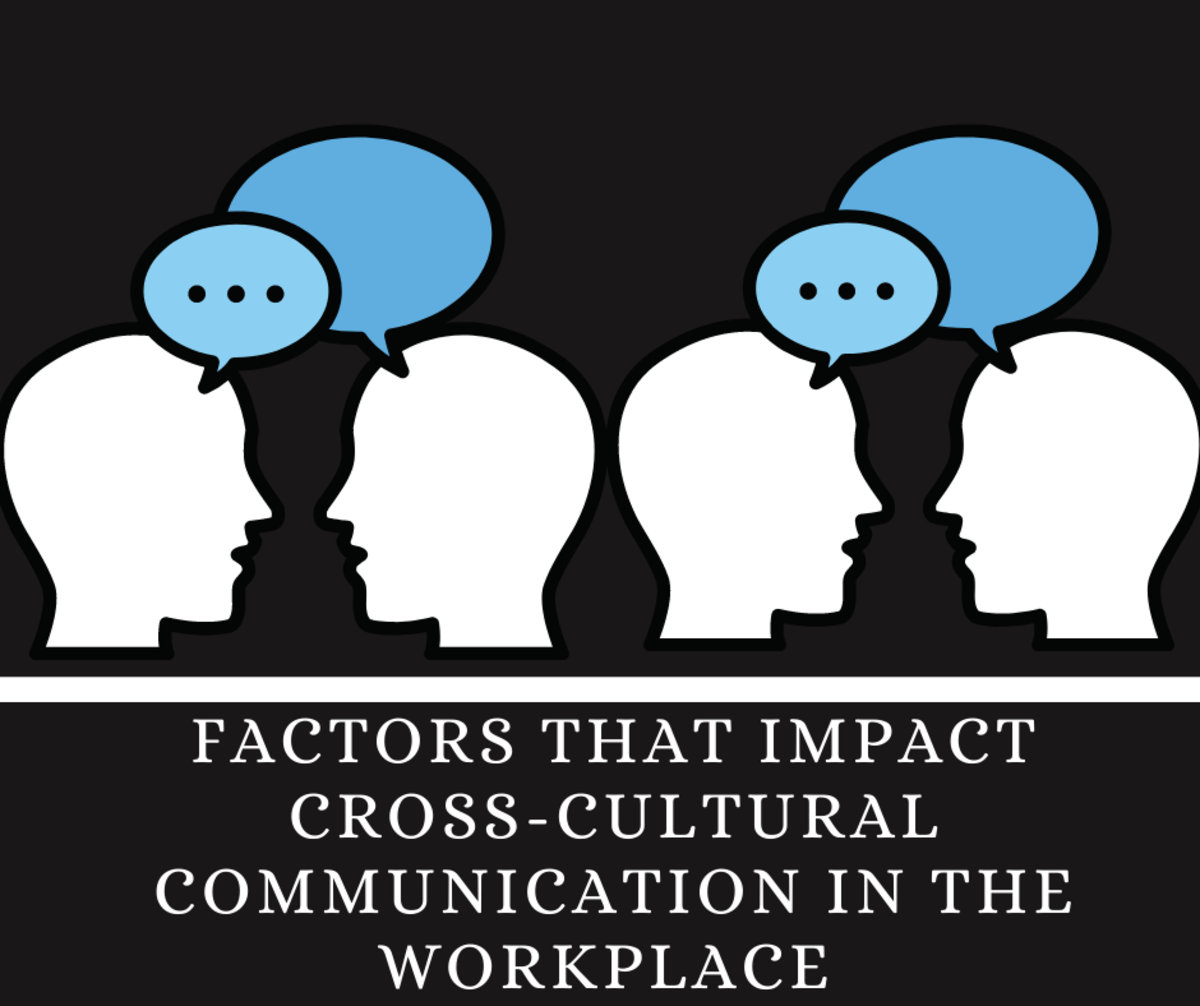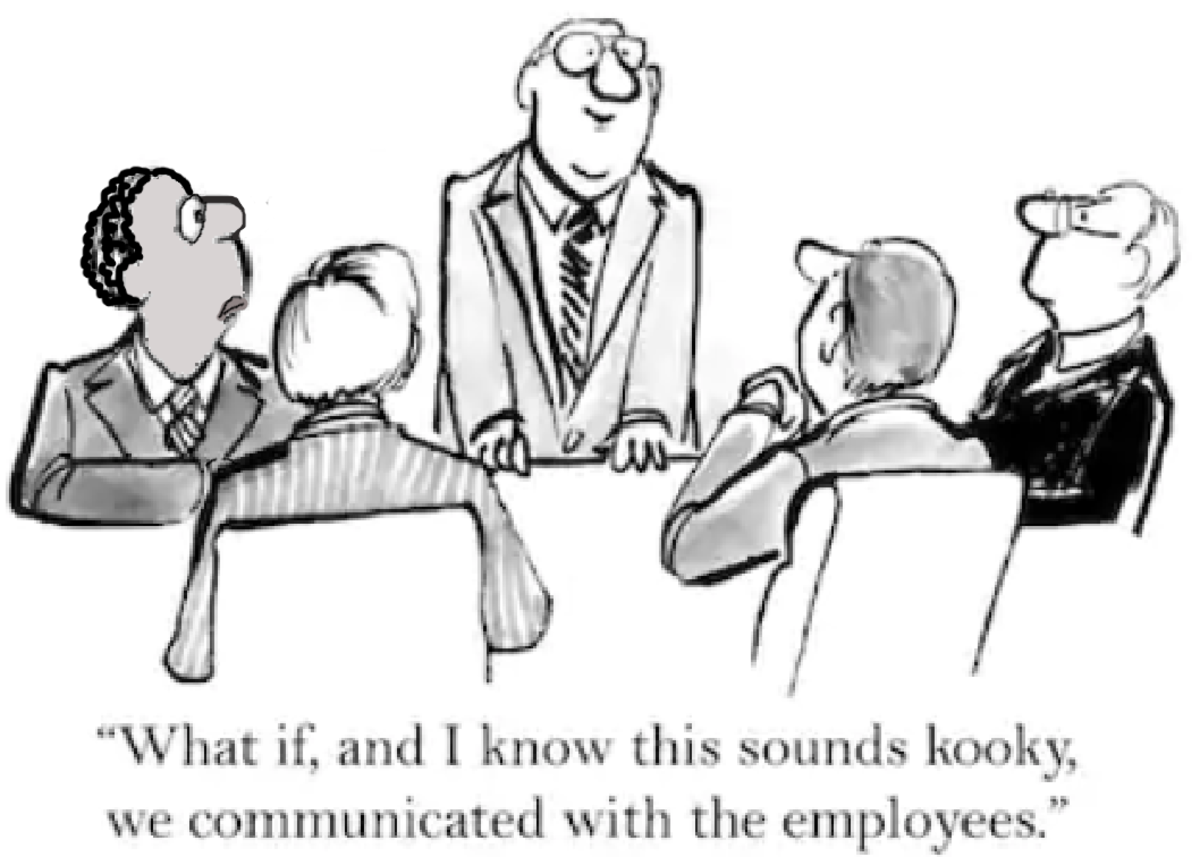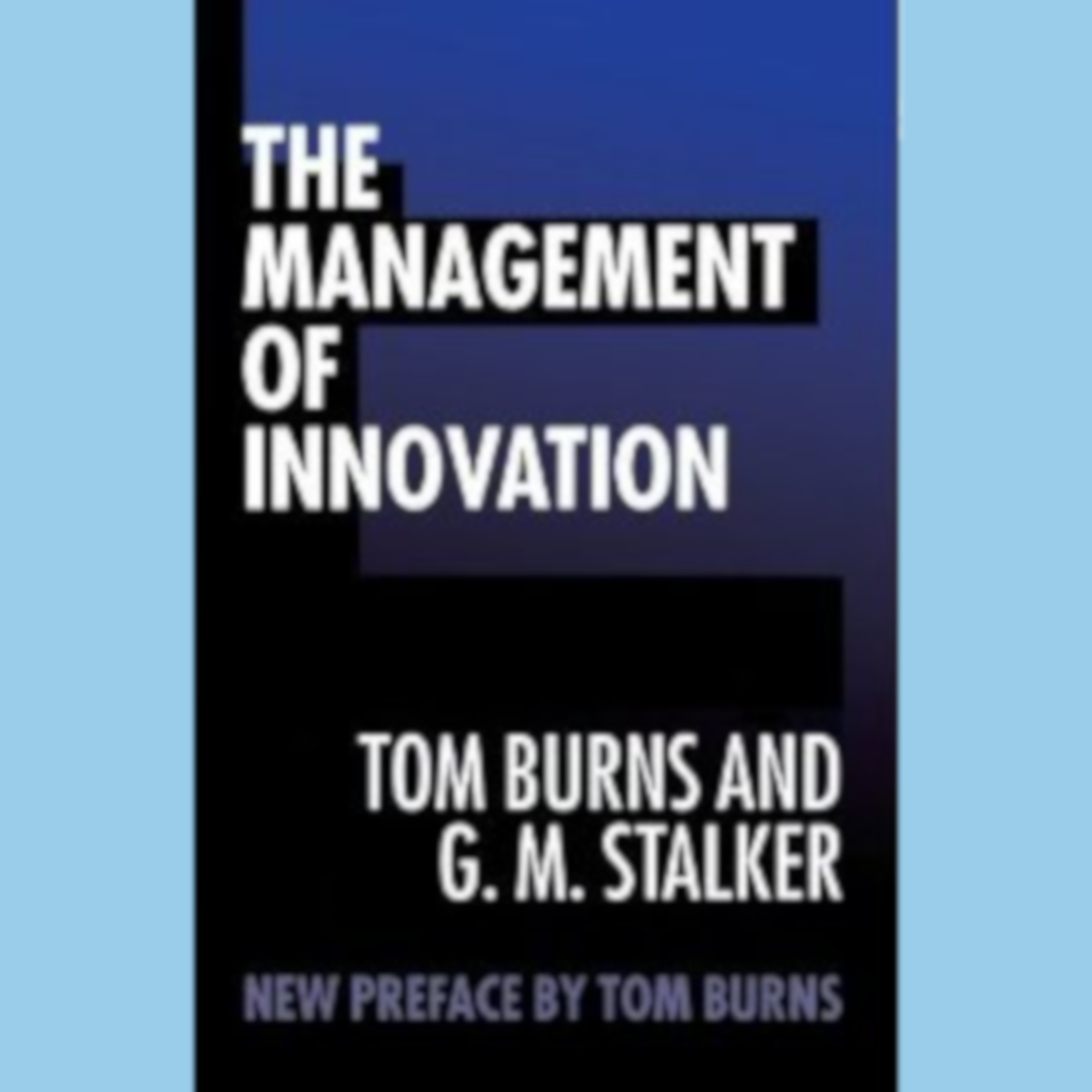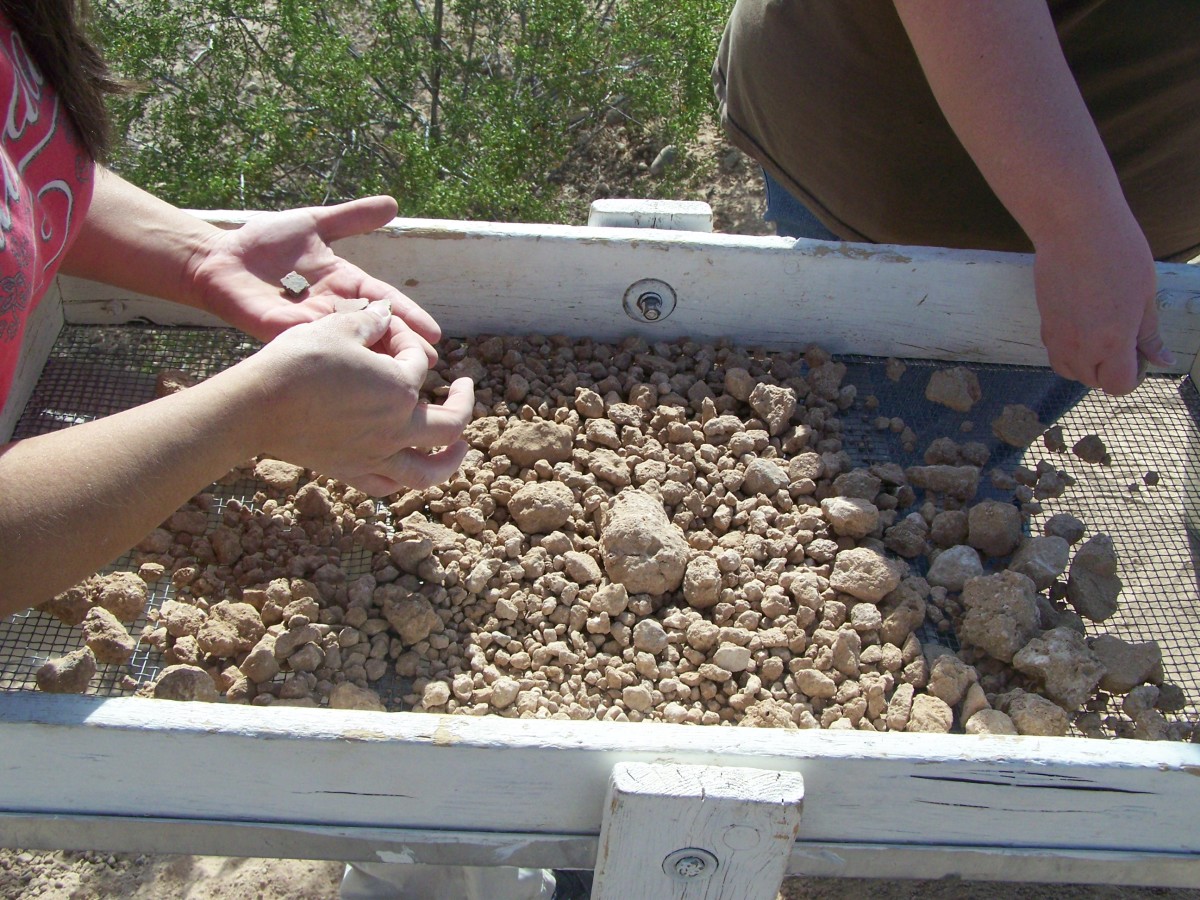Participate in a Workplace Communication, part 4
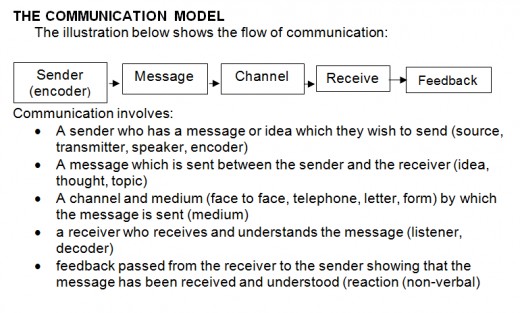
INFORMATION SHEET No. 2
THE COMMUNICATION MODEL
The illustration to the right shows the flow of communication:
Sender (encoder)
Message
Channel
Receiver
Feedback
Receiver
Communication involves:
- A sender who has a message or idea which they wish to send (source, transmitter, speaker, encoder)
- A message which is sent between the sender and the receiver (idea, thought, topic)
- A channel and medium (face to face, telephone, letter, form) by which the message is sent (medium)
- a receiver who receives and understands the message (listener, decoder)
- feedback passed from the receiver to the sender showing that the message has been received and understood (reaction (non-verbal)
ACTIVITY SHEET No. 2
The Communication Model:
Objectives:
At the end of the activity the leaner should be able to:
1 Illustrate the flow of communication
Materials:
Information sheet
Activity sheet
Procedure/Task
1. Read information sheet no. 2 “The Communication Model”
2. Follow instruction carefully
A. See if you can draw a flow diagram that represents the process of
Communication. Compare your answers with the others if necessary read
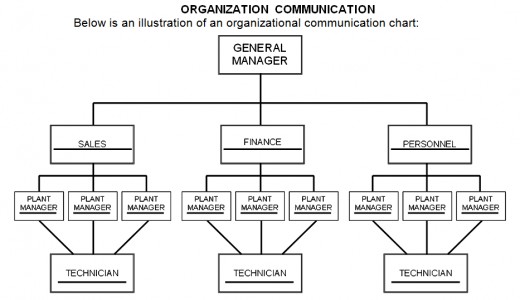
information sheet no. 2 “Communication Model”
ORGANIZATION COMMUNICATION
In a workplace situation, a worker interacts with people occupying different position that is from janitor to manager. Likewise, communication is the best, to give receive and have a feedback on the ideas being communicated. As part of the organization, it is very important to be aware on how a message flows in a company.
In this case, organizational communication would be applied to observe proper communication in the workplace. It may be oral or written depending on the content of the message. There are four types of organizational communication:
1. Downward communication which is the top-to-bottom communication from the management not only clears job directions and safety rules but also facts about organizational goals, products and view-points on important controversial issues. The following media tools of internal communication can be used to carry information down to its intended receiver: 1) memo 2) letters 3) orientation manuals 4) pay envelope inserts 5) annual report 6) public address system 7) human channels, like supervisor or foreman.
2. Upward communication gives management with feed back needed for proper planning, decision-making and controlling. On the part of the employees communication up to management maybe a form of release from emotional tensions and pressures, a means to offer valuable ideas to management or simply to show whether directions or policies are understood and acceptable to the employees. Tools that can be used in upward communication are: memos, suggestion systems (in a form of box or face to face, and guidance counselor as human channel.
3. Horizontal or lateral communication takes place between sections, divisions, or departments of the same level. Keep employees aware of activities in a related department, like for example one supervisor with another, one worker with another and so forth. The tools used in horizontal or lateral are: meetings and conferences; seminars and workshops; telephones and intercoms; social and other similar activities.
4. Diagonal communication takes place from one level to another level without passing through traditional channels.
:
B. If you were planning to take a one-month vacation leave, how will you inform the management about it? Draw a diagram of upward communication illustrating the follow of the message in your organization.
SELF- CHECK No. 2
To check your mastery in the Communication Process answers the 5 items below:
___________________1. This refers to the person who receives and
understands the message.
___________________2. He has a message or idea which he wishes to
send.
___________________3. This refers to the face to face, telephone, letter or
form by which the message is sent.
___________________4. It is sent by the sender and the receiver.
___________________5. It refers to the response from the receiver to the
sender showing that the message has been
received and understood
Related Links
- Participate in a Workplace Communication, part 4
INFORMATION SHEET No. 2 THE COMMUNICATION MODEL The illustration below shows the flow of communication: Sender (encoder) Message Channel Receiver Feedback Receiver Communication... - Participate in a Workplace Communication, Part 1
LEARNING ACTIVITIES In order to achieve the learning outcomes stated in the learning material, you must follow the steps indicated below. Each step has a corresponding resource or specific instructions to... - Participate in a Workplace Communication, Part 2
INFORMATION SHEET No. 1 WHAT IS COMMUNICATION? The word communication came from the Latin word communis which means commonness. When people communicate with one... - Participate in a Workplace Communication, part 3
ACTIVITY No. 1 WHAT IS COMMUNICATION? Objectives: At the end of this activity the leaner should be able to: 1. List the forms of communication Materials: Information sheet no. 1 ... - Participate in a Workplace Communication, Part 5
INFORMATION SHEET No. 3 EFFECTIVE COMMUNICATION Any workplace where people are able to communicate clearly tend to be a more efficient working environment. Effective communication leads to: Clear... - Participate in a Workplace Communication, Part 6
INFORMATION SHEET No. 4 CAUSES AND EFFECTS OF INEFFECTIVE COMMUNICATION Communication needs to be clear and effective in order to achieve its aim. When it is not, all kinds of problem can... - PARTICIPATE IN A WORKPLACE COMMUNICATION, PART 7
INFORMATION SHEET No. 5 EXPRESSING IDEAS AND THOUGHTS CORRECTLY Look at the picture closely and read the dialogue. Mang Victor: Alfreds father, needs help, doesnt he? Yes, he... - Participate in a Workplace Communication, Part 8
INFORMATION SHEET No. 6 REASON FOR COMMUNICATION IN THE WORKPLACE In the work environment you need to communicate with: People who belong to your organization People who belong outside... - Participate in a Workplace Communication, Part 9
INFORMATION SHEET No. 7 SIGNIFICANCE OF VOCUBULARY: Relation to Comprehension Skill Meaning and Distinctions of Types Vocabulary refers to the stock or range of words available to you for use in... - Participate in a Workplace Communication, Part 10
LEARNING OUTCOME 2: INTERPRET WRITTEN NOTICES INFORMATION SHEET No.8 EFFECTIVE READING: Pursuing what you have encountered in connection with developing vocabulary development skill and acquiring... - Participate in a Workplace Communication, Part 11
INFORMATION SHEET No. 9: DEALING WITH PARAGRAPH The Technical writer should be careful about the length of his sentences. The amont of difficulty a reader experiences in reading a... - Participate in a Workplace Communication, Part 12
After Successfully completing all the Learning Objectives from Part 1 up to Part 11, you may consult this hubs for the answers. Answer Key: Check your answer with the answer key below. If you fail to... - Participate in a Workplace Communication, part 4
INFORMATION SHEET No. 2 THE COMMUNICATION MODEL The illustration below shows the flow of communication: Sender (encoder) Message Channel Receiver Feedback Receiver Communication...
- Participate in a Workplace Communication, Part 5
INFORMATION SHEET No. 3 EFFECTIVE COMMUNICATION Any workplace where people are able to communicate clearly tend to be a more efficient working environment. Effective communication leads to: Clear... - Participate in a Workplace Communication, part 3
ACTIVITY No. 1 WHAT IS COMMUNICATION? Objectives: At the end of this activity the leaner should be able to: 1. List the forms of communication Materials: Information sheet no. 1 ...

